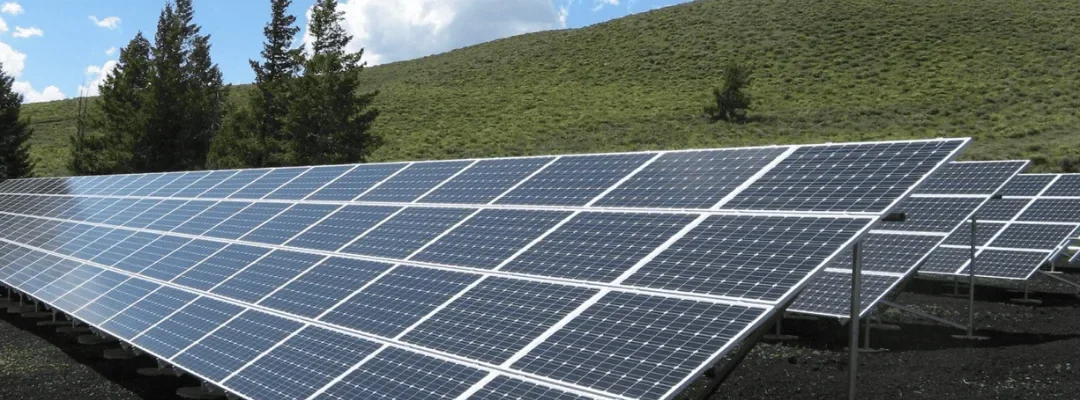Introduction
Electricity is the backbone of modern life—from homes and offices to industries, everything runs on power. But with rising demand, grid electricity is becoming expensive and polluting.
This is why megawatt (MW) solar energy projects are gaining popularity. They not only generate clean and green energy but also provide steady income for investors and entrepreneurs. In this blog, let’s understand what MW solar means, how much it costs, and why it is one of the most profitable investments in renewable energy.
What is Megawatt Solar Project?
- 1 Megawatt (MW) = 1,000 kilowatts (kW).
- A 1 MW solar plant can generate about 1.5 million units of electricity per year.
- That’s enough to power:
- ~400–500 middle-class homes, or
- A small factory, or
- The common facilities of multiple housing societies.
These projects are built on open land or solar parks, and the power is sold to industries, DISCOMs (state power companies), or directly to corporates.
Why Entrepreneurs Are Investing in MW Solar
- Huge Market Demand
- India’s target: 500 GW renewable power by 2030.
- Industries and corporates are shifting to 100% renewable energy.
- Government Support
- Subsidies, tax benefits, and special policies encourage large projects.
- Long-term Power Purchase Agreements (PPAs) make revenue predictable.
- Falling Solar Costs
- Solar panel prices have dropped by 80% in the last 10 years.
- Cheaper setup cost = higher profitability.
- Stable Long-Term Income
- PPAs lock electricity selling price for 15–25 years, giving guaranteed revenue.
How Much Does It Cost and Earn?
Here’s a simple example for a 1 MW solar project:
- Investment Required: ₹3.5–4.5 crore (land, panels, inverters, installation)
- Annual Power Generation: ~1.5 million units
- Selling Price (Tariff): ₹4.5–6 per unit (depends on PPA)
- Annual Income: ₹70–90 lakhs
- Payback Period: 4–5 years
- Lifetime Profit (25 years): ₹15–20 crore
This means once the initial investment is recovered, the project continues to generate profits for the next 20 years or more.
Green Benefits of MW Solar
- Offsets ~1,200–1,500 tons of CO₂ emissions per year.
- Reduces dependency on coal-based power.
- Creates jobs in rural areas.
- Improves company ESG (Environmental, Social, Governance) ratings.
So, MW solar is profitable for investors and healthy for the planet.
Challenges and Solutions
- Land Acquisition Issues
- Many small landowners, unclear titles.
- Solution: Work with land aggregators who specialize in solar projects.
- PPA Risks
- DISCOMs may delay payments.
- Solution: Sign corporate PPAs with reliable businesses.
- Grid Connectivity
- Sometimes transmission lines are far.
- Solution: Choose land near substations or inside approved solar parks.
- System Maintenance
- Dust reduces generation if not cleaned.
- Solution: Sign an AMC (Annual Maintenance Contract) with the EPC partner.
Real-World Example
Rajasthan (1 MW Project in Solar Park):
- Cost: ~₹4 crore
- Generation: 1.6 millioSSn units/year
- Tariff: ₹5.2/unitS
- Annual Revenue: ~₹83 lakhs
- Payback: 4.2 years
- CO₂ Offset: ~1,400 tons/year
Future Outlook
- Hybrid Projects: Solar + wind + storage will boost reliability.
- Green Hydrogen: MW solar plants will power India’s hydrogen economy.
- Policy Push: With India’s 500 GW target, demand for solar investors will skyrocket.
The earlier entrepreneurs invest, the faster they enjoy long-term returns
Conclusion
Megawatt solar energy projects are a rare combination of:
- High and stable financial returns
- Guaranteed long-term revenue
- A positive impact on climate and communities
For entrepreneurs, investing in MW solar is not just about business — it’s about profitable living with a green conscience.

